Imagine stepping into a traditional Japanese tea ceremony, adorned in an impeccably crafted men’s kimono that exudes elegance and cultural significance. This timeless garment, with its rich history and intricate designs, holds a unique place in Japanese fashion and identity.
From the art of tying the obi to the symbolism behind each pattern, exploring the world of men’s kimonos unveils a tapestry of tradition and craftsmanship waiting to be unraveled.
Just The Basics
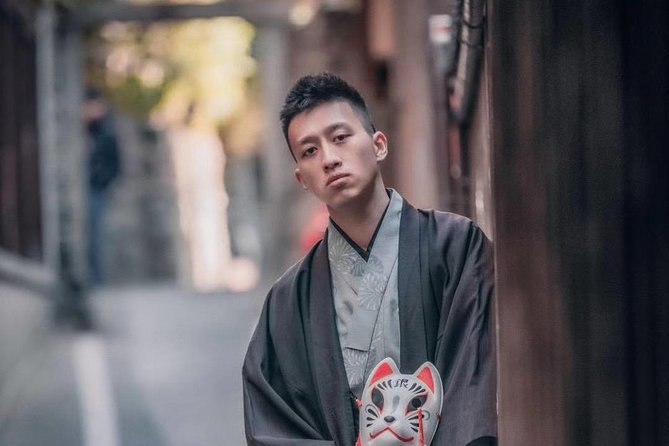
- Men’s kimono reflects a blend of Chinese and Japanese influences in its design and evolution.
- Different styles and fabrics express social status and individual taste.
- Accessories like obi belts and haori jackets enhance the kimono ensemble.
- Following etiquette and cultural sensitivity is crucial in wearing men’s kimono authentically.
Here's some other great tours and experiences nearby we think you'll like.
History of Men’s Kimono
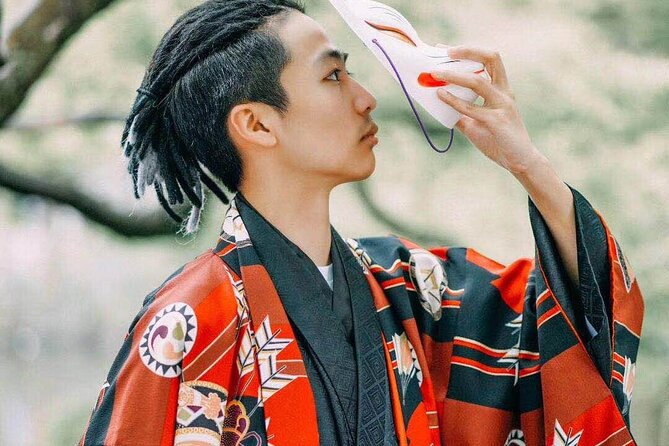
The history of men’s kimono showcases a rich tapestry of cultural significance and evolving fashion trends throughout the centuries. Kimono evolution has been a fascinating journey, reflecting changes in society, values, and aesthetics.
Initially inspired by Chinese garments, the kimono gradually evolved into a distinct Japanese attire characterized by its straight seams and T-shaped silhouette. Over time, different styles emerged, each carrying its own cultural significance. From the elaborate designs worn by the aristocracy to the more subdued patterns of the commoners, men’s kimono became a symbol of social status and taste.
Despite changing fashion trends, the traditional men’s kimono has maintained its cultural importance, serving as a link to Japan’s past and a representation of timeless elegance.
Types of Men’s Kimono
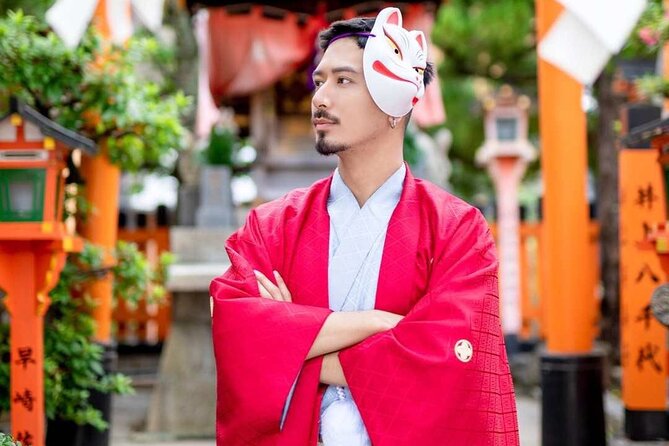
Various styles of men’s kimono offer a glimpse into the diverse and intricate world of traditional Japanese attire. When it comes to kimono fabric, choices range from silk for formal occasions to more casual cotton or linen options.
Kimono patterns play a vital role in expressing the wearer’s personality or the event’s significance. From subtle, minimalist designs to vibrant, elaborate motifs, there’s a pattern to suit every taste and occasion. Some common patterns include stripes (shima), checks (koshi), and florals (botan).
The combination of fabric and pattern creates a harmonious blend that showcases the rich cultural heritage and artistry behind men’s kimono, making each piece a unique and timeless garment.
Kimono Accessories for Men
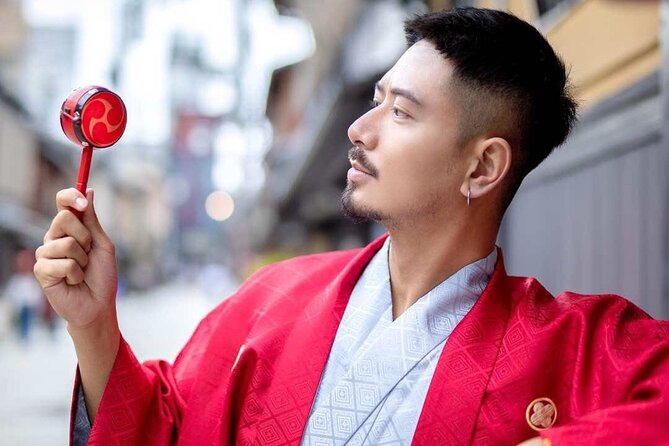
For men interested in traditional Japanese fashion, exploring the world of kimono accessories can add a touch of elegance and cultural flair to their attire. Kimono styling isn’t just about the garment itself but also the accessories that complement the overall look.
Some key accessories for men’s kimonos include obi belts, which come in various styles and colors to match different occasions. Plus, haori jackets can be worn over the kimono for added warmth and style. Men can also accessorize with traditional Japanese sandals called geta or zori.
Each accessory holds cultural significance, reflecting the rich history and traditions of Japan. Embracing these accessories can elevate a men’s kimono outfit to a whole new level of sophistication and authenticity.
How to Wear a Men’s Kimono
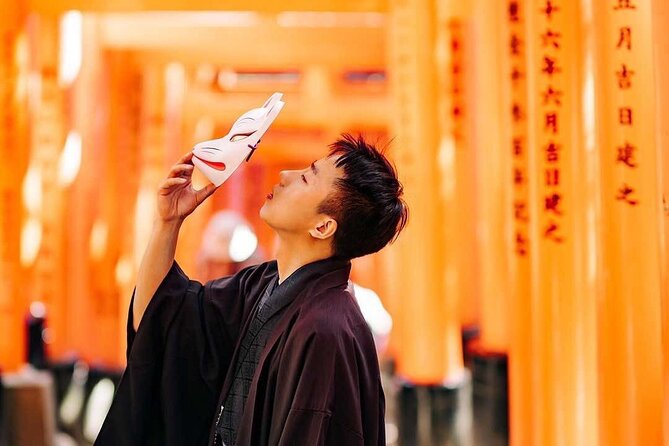
To don a men’s kimono properly, one must carefully wrap the garment around the body, ensuring a snug and comfortable fit. Kimono tying is an art that involves folding the left side over the right and securing it with a sash called an obi.
The obi is then tied in a specific manner, depending on the formality of the occasion. For a more formal look, intricate knots are used, while a simple tie suffices for casual wear.
Kimono styling also includes adjusting the length and sleeves to match the wearer’s height and preference. By mastering the techniques of kimono tying and styling, one can exude elegance and sophistication in this traditional Japanese attire.
Kimono Etiquette for Men
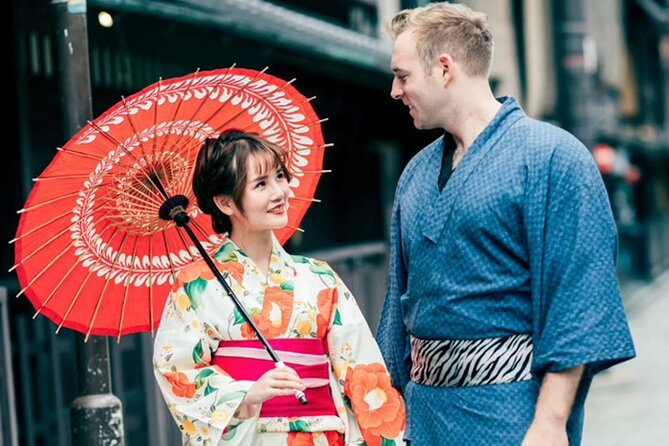
When wearing a traditional men’s kimono, it’s essential to observe proper etiquette to show respect for the Japanese culture and traditions. Men’s kimono styling and understanding kimono color meanings are crucial aspects of maintaining cultural sensitivity. Here are some key points to keep in mind:
-
Men’s Kimono Styling: Ensure the left side of the kimono wraps over the right, as the opposite signifies dressing for the deceased.
-
Respect Color Meanings: Dark-colored kimonos are more formal, while bright colors are suitable for celebratory occasions.
-
Obi Placement: The obi should be tied at the back for formal events and in the front for informal gatherings.
-
Footwear: Tabi socks and traditional sandals, like zori or geta, are worn according to the formality of the occasion.
Men’s Kimono in Modern Fashion
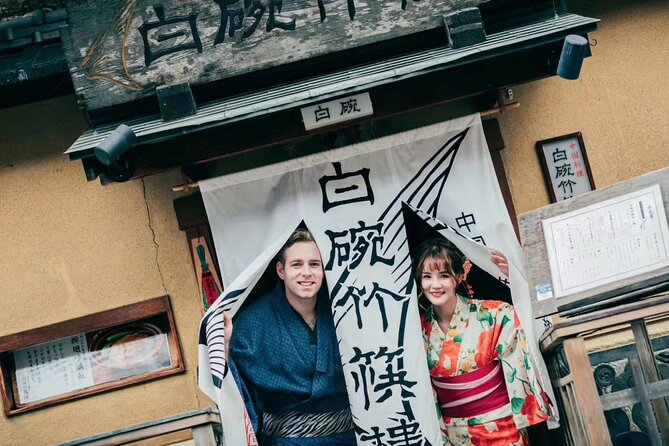
In modern fashion, men’s kimono styles have evolved to blend traditional elements with contemporary trends, reflecting a fusion of heritage and modernity. Innovative designs now incorporate cultural influences, creating a unique blend that appeals to a wider audience. Below is a table showcasing some key aspects of men’s kimono in modern fashion:
| Key Aspects | Description |
|---|---|
| Fabric | Mix of traditional silk and modern materials |
| Colors | Bold hues alongside classic tones |
| Patterns | Traditional motifs with modern twists |
| Accessories | Incorporation of trendy belts and shoes |
This blend of old and new not only respects the roots of the kimono but also paves the way for its integration into contemporary wardrobes, making it a versatile and stylish choice for fashion-forward individuals.
Where to Buy Men’s Kimono
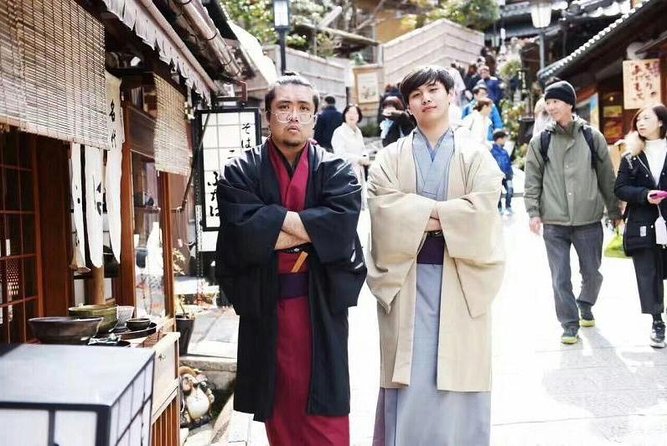
Men’s kimono enthusiasts seeking to add to their collection can explore various avenues for purchasing these traditional garments. When looking for men’s kimono shopping options, consider the following:
-
Local Boutiques: Visit specialized stores that offer a curated selection of men’s kimono.
-
Online Retailers: Explore websites dedicated to traditional Japanese clothing for a wide range of options.
-
Secondhand Markets: Check out vintage stores or online marketplaces for unique finds at potentially lower prices.
-
Craft Fairs: Attend events featuring artisans who handcraft men’s kimono, often showcasing the latest kimono styling trends.
Embracing the essence of kimono styling trends, shopping for men’s kimono can be an exciting journey filled with cultural richness and sartorial elegance.
Frequently Asked Questions
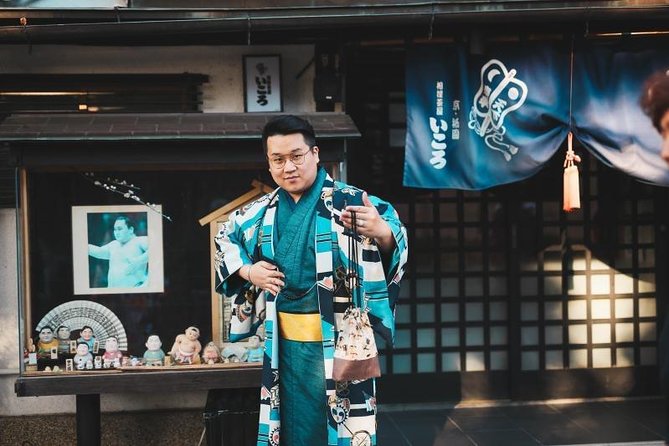
Is There a Specific Age Range for Participants in the Traditional Fashion Mens Kimono Experience?
For the traditional fashion mens kimono experience, there isn’t a specific age range set. Cultural norms encourage individuals of all ages to partake in this unique opportunity to enjoy Japanese tradition and style.
Are There Any Restrictions on the Height or Weight of Participants When Trying on the Kimonos?
Height and weight restrictions may apply when trying on kimonos. Participants should check with the service provider for specific guidelines. It’s essential to ensure a comfortable and proper fit to fully enjoy the traditional fashion experience.
Can Participants Choose the Color and Design of the Kimono They Will Wear During the Experience?
When selecting their kimono, participants can typically choose colors from a variety of options and may even have the chance to wear custom-designed pieces. This adds a personal touch to the traditional fashion experience, enriching their time at the event.
Are There Any Specific Hairstyles or Makeup Looks That Are Recommended to Complement the Traditional Mens Kimono?
For the traditional mens kimono experience, participants can choose from various hairstyle options and makeup looks. Expert stylists can recommend styles that complement the attire, enhancing the overall traditional aesthetic.
Are There Any Cultural Taboos or Superstitions to Be Aware of When Participating in the Mens Kimono Experience?
When participating in the kimono experience, it’s important to respect cultural norms and traditional etiquette. Be mindful of any taboos or superstitions, and adhere to the dress code. Enjoy the experience while being aware of these aspects.
Final Words
Experience the timeless elegance of traditional men’s kimonos with this unique culture. From the history and types of kimonos to accessories and etiquette, this experience offers a glimpse into the world of Japanese fashion.
Whether for a special occasion or just to explore a new style, wearing a men’s kimono is a truly unforgettable experience. Embrace the beauty and tradition of Japanese fashion with this one-of-a-kind opportunity.
